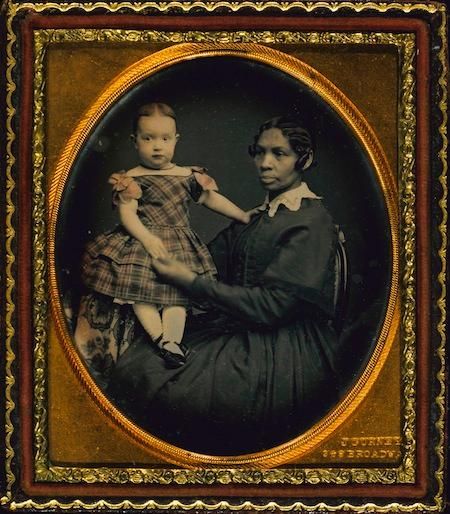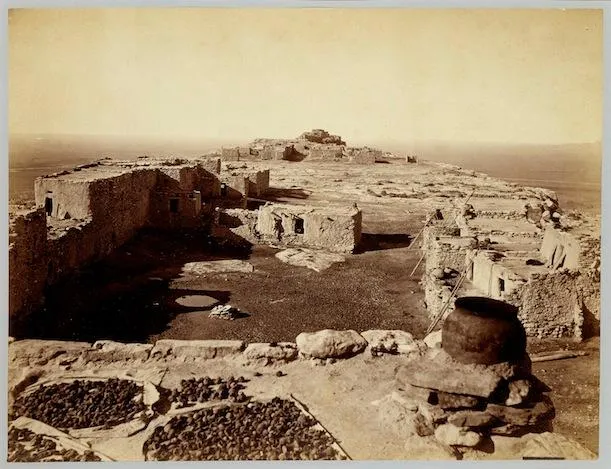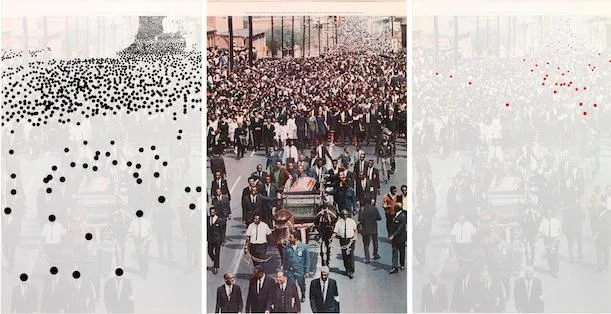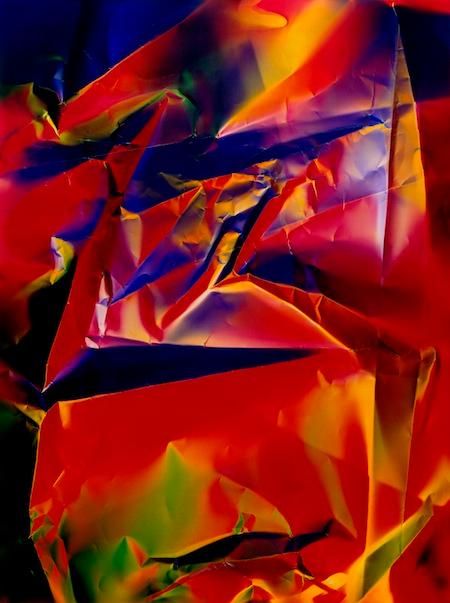How American Photography Went From Family Portraits to Art Form
A new exhibition at the American Art Museum show photography’s role in the development of democracy in America
/https://tf-cmsv2-smithsonianmag-media.s3.amazonaws.com/filer/20130628034037eggleston-hidden.jpg)
In 1846, shortly after the daguerreotype, the earliest first photographic process, made its way from Europe to the United States, Walt Whitman visited a picture studio and declared photography a fundamentally democratic art. “You will see more life there—more variety, more human nature, more artistic beauty . . . than in any spot we know,” he wrote.
To honor Whitman’s vision, as well as to celebrate the 30th anniversary of a photography collection that has grown to approximately 7,000 images, the American Art Museum opened “A Democracy of Images: Photographs from the Smithsonian American Art Museum,” an exhibition of 113 photos that showcases photography’s central and evolving role in American culture from Whitman’s time to the present.
“If democracy is about creating equal access to information, photography is a very basic form of communication,” says Merry Foresta, the exhibition’s curator. “It goes two ways: It’s about access to the ability to take photographs, but it’s also access to being able to see many pictures, and to have many pictures to see. Photography captures the democratic idea of sharing and equalization.”

The exhibition’s four themed sections– “American Characters,” “Spiritual Frontier,” “America Inhabited” and “Imagination at Work”–show photography’s development as an art form in America, from a basic tool for family portraiture to a means of abstract expression. As American photographers became more self-aware and experimental in the medium, they pressed photography’s boundaries to capture the country’s shifting urban and natural landscapes, and ultimately learned to manipulate conventional photographic methods to produce complex layered or distorted images that not only reveal American places and identities, but challenge them.

For those who love photography, Foresta believes the exhibition, which runs through January 5, 2014, offers a concise look at the art form’s hand in shaping the American experience in a period of rapid cultural and technological change. For those unfamiliar with photography’s history, she says, “If the exhibition does nothing more than put a question mark in their head and make them look again at a picture, that’s terrific.”
To learn more about American photography, check out the exhibition’s website, which includes the photos on display along with a timeline of events in the history of photography, a glossary of photographic terms and access to other pictures in the museum’s permanent collection.



/https://tf-cmsv2-smithsonianmag-media.s3.amazonaws.com/accounts/headshot/paul-bisceglio-240.jpg)
/https://tf-cmsv2-smithsonianmag-media.s3.amazonaws.com/accounts/headshot/paul-bisceglio-240.jpg)